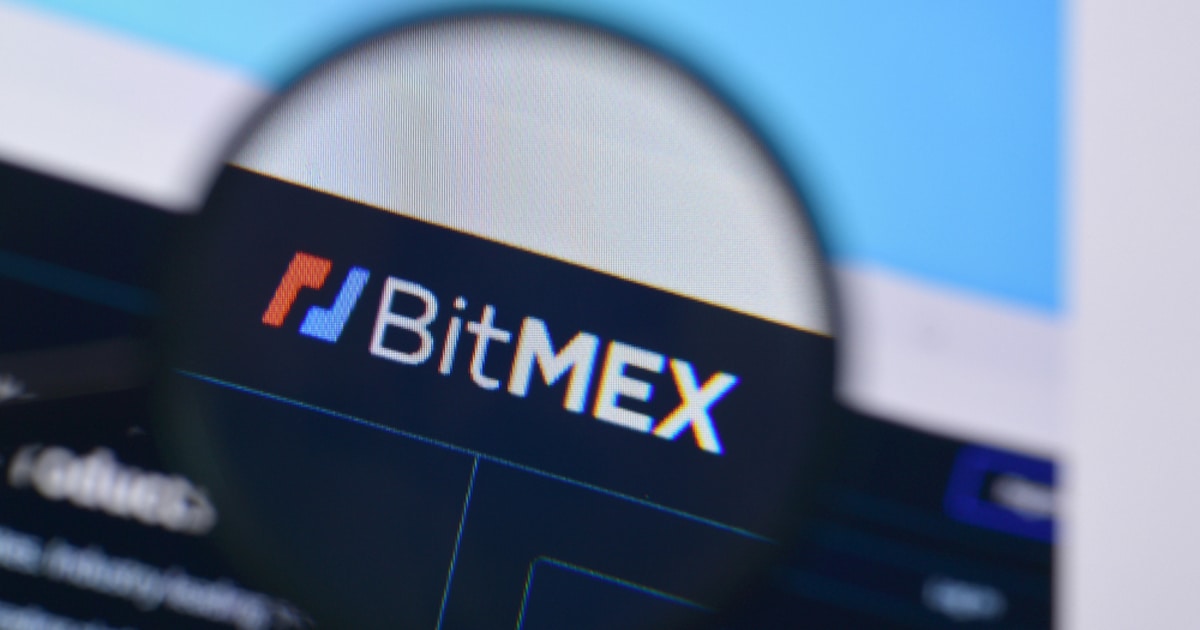Prominent attorney advocating for XRP investors, John Deaton, has shared his views on the ongoing case between Ripple and the US Securities and Exchange Commission (SEC). Deaton took to X (formerly Twitter), predicting a prolonged timeline before a final judgment is reached and also pointed to the slim chances of a settlement between the two parties.
“I do not believe there has been a single serious conversation regarding settlement between Ripple, Brad Garlinghouse, Chris Larsen and the SEC. The SEC is pissed and embarrassed and wants $770M worth of flesh,” Deaton stated. He elaborated further, emphasizing the thoroughness required for the penalty phase. “What people need to understand is that the penalty phase is like a second case requiring more depositions, interrogatories, requests for production of documents, emails, bank statements, contracts, ODL transactions, etc.”
Projected Timeline For The Ripple-SEC Litigation
Ripple is likely to make efforts to reduce the anticipated $770 million penalty by attempting to exclude On-Demand Liquidity (ODL) transactions and minimize other associated expenses. Deaton highlighted the LBRY case for reference: “The SEC sought $23 million from LBRY. It took EIGHT MONTHS of additional litigation before the judge ultimately issued a fine of $130,000.”
Drawing a timeline from this, he remarked, “I don’t expect a final judgment, issued by Judge Torres, until late summer, at the earliest. It literally could take a full year before an appeal is filed in this case.”
Deaton also linked the outcome of Ripple’s case to another pivotal lawsuit. “If Coinbase wins their motion to dismiss [MTD], I then believe the SEC will be forced to pivot its anti-crypto agenda and then work out a possible settlement with Ripple. If Coinbase loses its MTD, I predict no settlement.”
With the oral argument on the Coinbase motion scheduled for January 17, 2024, a ruling is anticipated between 60-120 days later. Accordingly, the Coinbase case could be one reason why the SEC tries to delay the final ruling against Ripple. This would coincide with Deaton’s end of summer timeline.
XRP Was Declared A ‘Virtual Currency’
Discussing the nature of the penalties, Deaton voiced confidence in Ripple’s efforts to cut down the amount, clarifying, “This isn’t a fraud case. The goal is to reach an appropriate fine against Ripple for engaging in transactions that qualified as the sale of unregistered securities, but sold in the context of a new asset that other federal agencies declared ‘virtual currencies.’”
Deaton also delved into historical contexts involving Ripple and its interactions with various US financial regulators. He noted that Ripple had proactive engagements with several agencies, including the SEC, Treasury, and Federal Reserve, as early as 2013. By 2015, XRP was recognized by Financial Crimes Enforcement Network (FinCEN) and the Department of Justice (DOJ) as a “convertible virtual currency,” with the directive for Ripple to align with banking laws.
Furthermore, in 2018, the day before the famous “Hinman speech,” SEC enforcement lawyers had analyzed XRP’s status under the Howey Test. “These enforcement lawyers did NOT recommend that Ripple stop selling XRP, nor did they recommend an enforcement action. Clearly, they couldn’t determine themselves that XRP was a security,” Deaton stressed.
He concluded by emphasizing the nuanced understanding required in this case, stating, “In fact, SEC enforcement lawyers could own and trade XRP up until 2019. I don’t think Judge Torres will be out to hurt Ripple with these facts.”
At press time, XRP traded at $0.5528.
Featured image from CryptoLaw / YouTube, chart from TradingView.com
Credit: Source link























